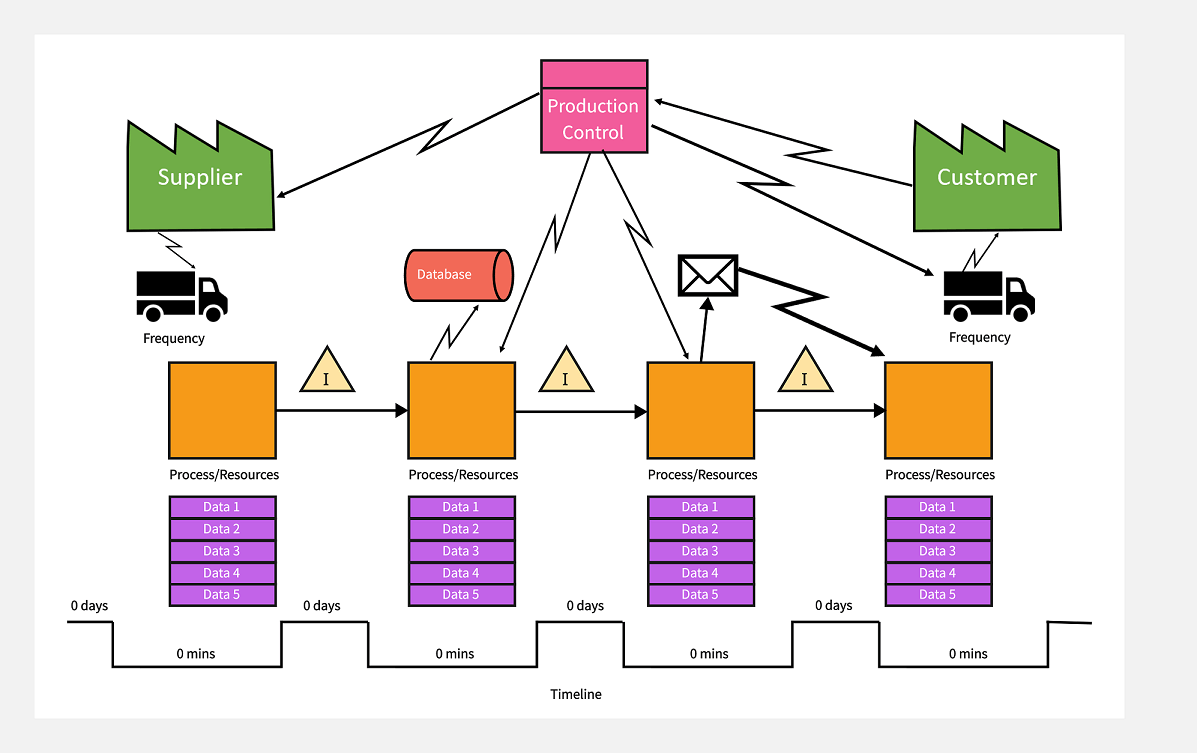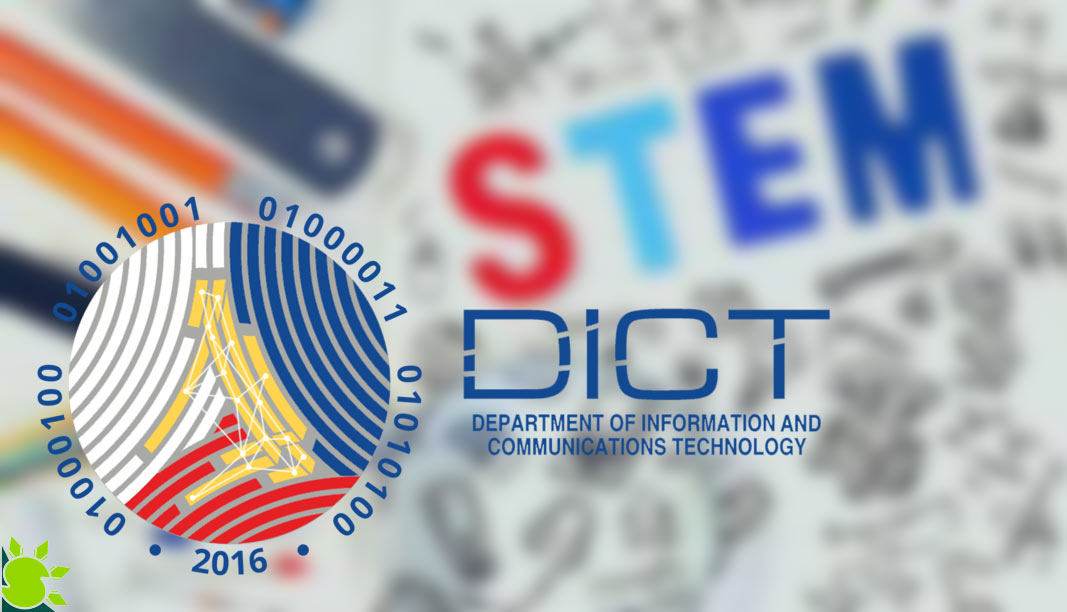Securing Rare Earth Minerals: Avoiding A New Cold War

Table of Contents
The Geopolitical Landscape of Rare Earth Minerals
The uneven distribution of rare earth minerals presents a significant geopolitical challenge. Understanding this landscape is crucial to developing effective strategies for securing these vital resources and preventing potential conflicts.
China's Dominance
China currently holds a dominant position in the rare earth mineral supply chain. This dominance isn't limited to extraction; it extends to processing and refining, creating a significant bottleneck for the global market.
- China's control extends beyond mere resource extraction; it encompasses processing and refining, creating a bottleneck for global supply. This gives China considerable leverage in the global market.
- This concentration of power raises concerns about potential supply disruptions and geopolitical leverage. Any disruption to China's production could have significant global economic consequences.
- Diversification of sourcing is crucial to reduce reliance on a single supplier. This necessitates investment in exploration and mining in other countries.
Strategic Importance of Rare Earths
Rare earth elements (REEs) are not just "rare"—they are indispensable components in a wide range of high-tech applications critical to modern economies and national security.
- Permanent magnets for wind turbines, electric vehicles, and advanced weaponry. The clean energy transition and national defense heavily rely on REE-based magnets.
- High-strength alloys for aerospace and defense industries. These alloys are essential for building lightweight yet incredibly strong components.
- Electronics such as smartphones, computers, and medical equipment. Many electronic devices rely on REEs for their functionality.
The Risk of Resource Nationalism
The increasing demand for rare earth minerals, coupled with their concentrated supply, is fueling resource nationalism. Countries are increasingly prioritizing their own needs, leading to trade disputes and the potential for conflict.
- Countries are implementing protectionist measures to secure their own rare earth supplies. This includes export restrictions and preferential treatment for domestic companies.
- This could lead to trade wars and instability in the global market. Disruptions to the supply chain can have cascading effects on global industries.
- International collaboration is needed to prevent such scenarios. Open communication and shared resources are vital to avoid escalating tensions.
Strategies for Securing Rare Earth Minerals
Securing a stable and sustainable supply of rare earth minerals requires a multi-pronged approach involving diversification, technological innovation, and international cooperation.
Diversification of Supply Chains
Reducing dependence on single sources is paramount. This requires a concerted effort across multiple fronts.
- Investing in exploration and mining projects in other countries. This necessitates significant investment in geological surveys and mining infrastructure.
- Developing robust recycling and reuse programs. Recycling REE-containing materials from end-of-life products is crucial for supply security.
- Supporting responsible mining practices that prioritize environmental sustainability and social responsibility. This ensures long-term viability and minimizes negative impacts.
Technological Innovation
Technological advancements can significantly improve the efficiency and sustainability of rare earth mineral extraction and processing.
- Investing in research and development for sustainable mining techniques. This includes exploring less environmentally damaging extraction methods.
- Exploring alternative materials that can replace rare earth elements in certain applications. This reduces reliance on specific REEs and enhances supply chain resilience.
- Improving recycling technologies to recover rare earths from electronic waste. This is crucial for reducing reliance on primary mining and mitigating environmental impacts.
International Cooperation
Global collaboration is not merely desirable; it's essential for navigating the complex challenges posed by rare earth minerals.
- Establishing international agreements on responsible sourcing and trade practices. This fosters transparency and predictability in the market.
- Sharing best practices in exploration, mining, and processing. Knowledge sharing is crucial for improving efficiency and sustainability.
- Promoting transparency and information sharing among nations. Open data on reserves and production can help to prevent misunderstandings and conflicts.
The Environmental Impact of Rare Earth Mining
The environmental consequences of rare earth mining are significant, demanding a focus on sustainable practices.
Sustainable Mining Practices
Responsible mining practices are essential to minimize the environmental footprint of rare earth extraction.
- Implementing strict environmental regulations and monitoring. This ensures adherence to environmental standards and reduces pollution.
- Developing technologies to reduce water and energy consumption. This minimizes the environmental impact of mining operations.
- Managing waste effectively to prevent pollution. Careful waste management prevents contamination of soil and water resources.
Reducing the Environmental Footprint
Sustainable practices are not only environmentally responsible but also improve the long-term economic viability of the rare earth industry.
- Investing in research and development for cleaner and more efficient technologies. This leads to less pollution and improved resource utilization.
- Promoting circular economy models that prioritize resource reuse and recycling. Recycling reduces the demand for primary mining and minimizes environmental impact.
- Encouraging responsible consumption and waste reduction. Reducing consumption and improving waste management lessen the pressure on resources.
Conclusion
Securing access to rare earth minerals is a critical challenge requiring a multifaceted approach. Avoiding a new Cold War necessitates international cooperation, diversification of supply chains, technological innovation, and a strong focus on sustainable and responsible mining practices. By prioritizing collaboration and responsible resource management, we can mitigate risks and ensure the equitable and sustainable use of these vital materials for future technological advancements. Let's work together to secure rare earth minerals for a more stable and prosperous future, avoiding the pitfalls of a new Cold War fueled by resource scarcity. The future of technology and global stability depends on our collective commitment to securing rare earth minerals responsibly.

Featured Posts
-
 Where To Invest Mapping The Countrys Top Business Hotspots
May 17, 2025
Where To Invest Mapping The Countrys Top Business Hotspots
May 17, 2025 -
 Pga Championship Worlds Best Golfers Face Tough Opening Round
May 17, 2025
Pga Championship Worlds Best Golfers Face Tough Opening Round
May 17, 2025 -
 How Trump Tariffs Increased My Phone Battery Replacement Costs
May 17, 2025
How Trump Tariffs Increased My Phone Battery Replacement Costs
May 17, 2025 -
 Thibodeaus Humorous Pope Remark A Deeper Look At The Knicks
May 17, 2025
Thibodeaus Humorous Pope Remark A Deeper Look At The Knicks
May 17, 2025 -
 Breens Banter Highlights Bridges On Court Expressions
May 17, 2025
Breens Banter Highlights Bridges On Court Expressions
May 17, 2025
Latest Posts
-
 Stem Scholarships Supporting Local Student Success In Science And Technology
May 17, 2025
Stem Scholarships Supporting Local Student Success In Science And Technology
May 17, 2025 -
 Investing In The Future Local Students Awarded Stem Scholarships
May 17, 2025
Investing In The Future Local Students Awarded Stem Scholarships
May 17, 2025 -
 How Trumps Student Loan Changes Affect Black Communities
May 17, 2025
How Trumps Student Loan Changes Affect Black Communities
May 17, 2025 -
 Stem Scholarships For Local Students Eligibility Application Process And Deadlines
May 17, 2025
Stem Scholarships For Local Students Eligibility Application Process And Deadlines
May 17, 2025 -
 Local Students Awarded Stem Scholarships Funding Opportunities And Applications
May 17, 2025
Local Students Awarded Stem Scholarships Funding Opportunities And Applications
May 17, 2025
